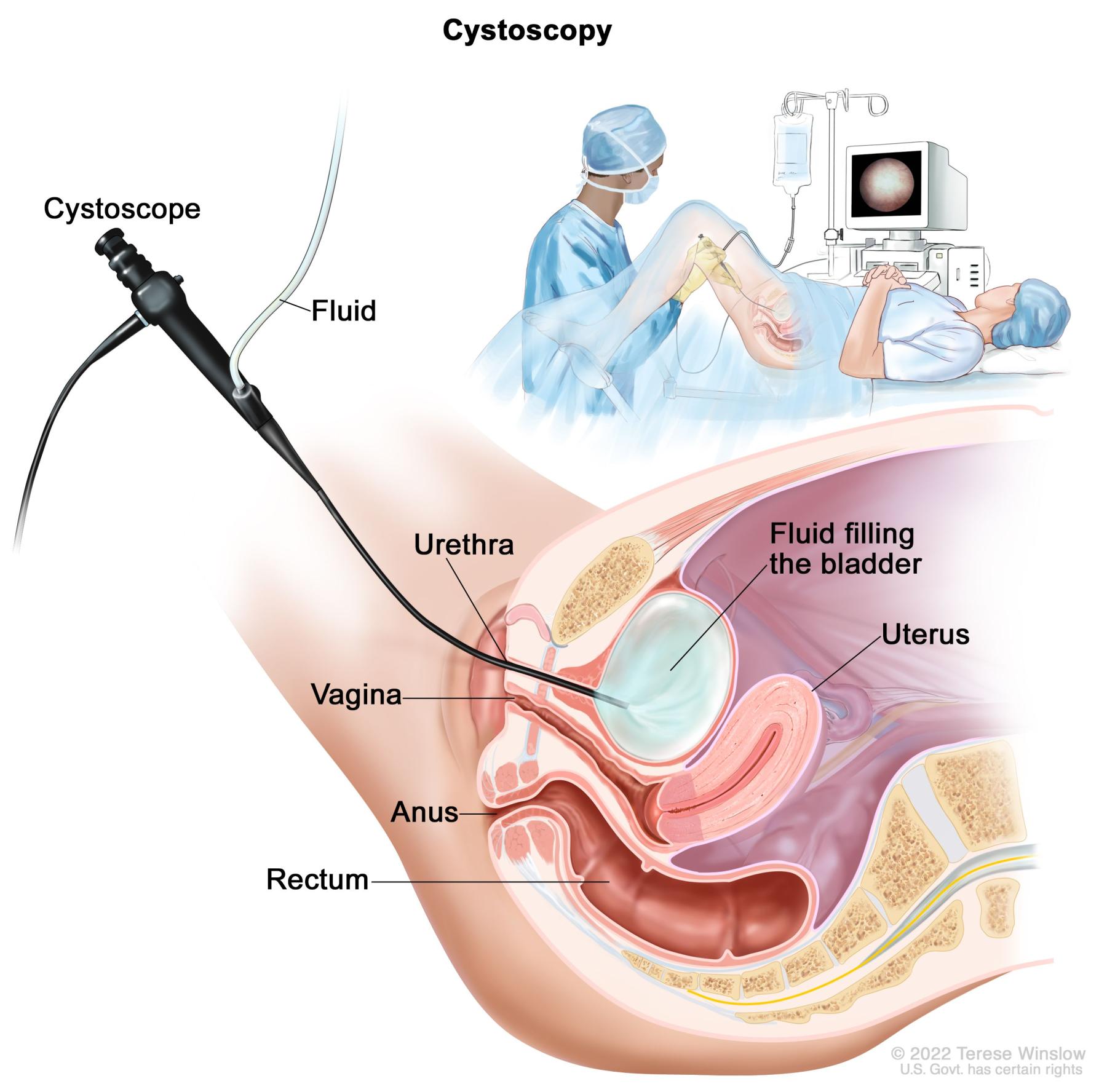Meta Title: Understanding Cystoscopy: A Comprehensive Guide to the Procedure and Its Applications
Subheading: Unveiling the Uses, Benefits, and Procedure of Cystoscopy
Introduction
Cystoscopy is a medical procedure used to visualize and examine the bladder and urethra. It involves the insertion of a thin, flexible tube called a cystoscope into the urinary tract, allowing medical professionals to obtain valuable information about the condition of these vital organs. This article aims to provide an in-depth understanding of cystoscopy, including its uses, benefits, and what patients can expect during the procedure.


Uses and Benefits
Cystoscopy serves various diagnostic and therapeutic purposes. It allows healthcare providers to identify and investigate urinary tract conditions such as bladder infections, urinary incontinence, bladder stones, and tumors. Furthermore, cystoscopy plays a crucial role in the evaluation of urinary tract symptoms like frequent urination, pain during urination, and blood in the urine.
Aside from diagnosis, cystoscopy also enables certain therapeutic interventions. During the procedure, doctors can perform treatments such as the removal of bladder stones or tumors, biopsies of suspicious tissue, and the placement of stents to alleviate urinary blockages.
The Cystoscopy Procedure
Before the procedure, patients may receive local anesthesia or be placed under general anesthesia depending on the complexity of the case and patient preferences. The cystoscope, a slender tube with a light and camera at its tip, is then gently inserted through the urethra and into the bladder. The procedure can be performed in an outpatient setting or a hospital, and it usually takes around 15 to 30 minutes.
Once the cystoscope is in place, a sterile solution is used to fill the bladder, allowing for better visualization. The camera transmits images to a monitor, enabling the healthcare provider to examine the bladder and urethra in detail. If necessary, small instruments can be passed through the cystoscope to perform specific treatments or collect tissue samples for further analysis.
Patient Experience and Recovery
During the procedure, patients may experience mild discomfort or a sensation of pressure as the cystoscope is inserted and the bladder is filled. However, any pain is usually minimal and temporary. After the procedure, patients may experience some urinary urgency, frequency, or a slight burning sensation during urination. These symptoms typically subside within a day or two.
Recovery from cystoscopy is generally quick, and most patients can resume their normal activities within a day or two. It is common for healthcare providers to provide post-procedure instructions regarding hydration, activity levels, and any necessary follow-up appointments.
Conclusion
Cystoscopy is a valuable medical procedure that allows healthcare providers to visually examine the bladder and urethra, aiding in the diagnosis and treatment of various urinary tract conditions. Its applications range from identifying infections and stones to detecting tumors and evaluating urinary tract symptoms. With its minimally invasive nature and relatively quick recovery time, cystoscopy provides an effective and well-tolerated method for evaluating and addressing urinary tract issues, ultimately improving patients' quality of life.
We are associated with experienced and highly skilled medical professionals. We use the latest medical technology available in the world and we provide medical services in collaboration with JCI & NABH Certified hospitals only. Our services include various types of treatment and organ restructuring and transplant.
